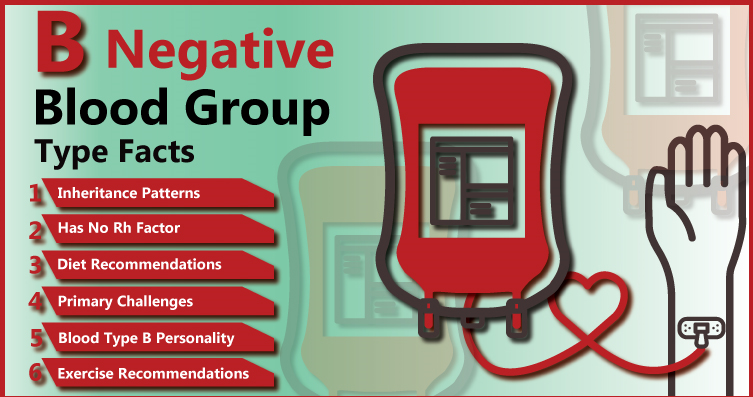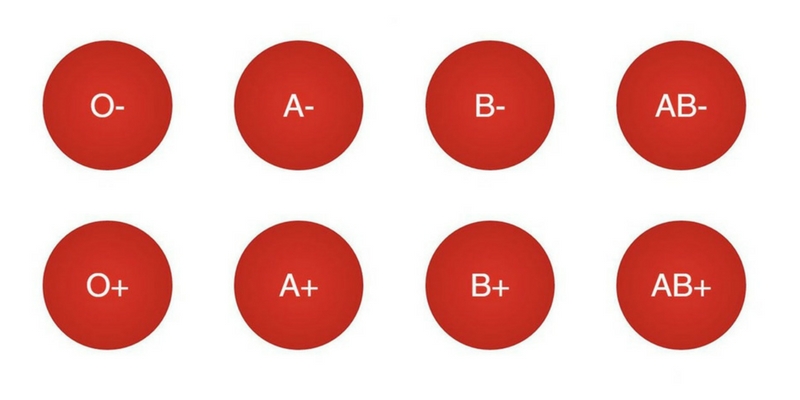
The next most prevalent antibody of concern relates to what's known as the Kell blood system - specifically, an antibody against the K antigen. Pre-transfusion screening ascertains the familiar blood types of A, B, O and RhD status, says Robert Flower, who leads the Product Safety Research Group at Australian Red Cross Lifeblood. Scientists can use the clumped blends to figure out the safest blood for the patient. If a plasma/blood cocktail clumps together, that's a sign that antibodies are present and latching onto red blood cell antigens. ( Supplied: Lifeblood)Ī few drops of plasma is mixed with red cells of known blood type from other people, along with other substances, then heated to body temperature. The standard technique first separates the recipient's red cells from the liquid part of their blood, called plasma, which contains antibodies.īlood type screening has been around since the 1940s. Most blood donations in Australia go towards treating cancer and blood diseases.Īnd pre-transfusion, Australian transfusion requirements state blood screening must be done, especially in "females of child-bearing potential", where possible.Ī little of their blood is taken to a laboratory to look for "clinically important" antibodies, ones that are most likely to cause reactions or haemolytic disease of the foetus and newborn, should the patient receive incompatible blood. How blood is screened for 'clinically important' antibodies This can cause a condition called haemolytic disease of the foetus and newborn, where the antibodies attack and destroy red blood cells, causing anaemia in the developing baby. That's because there's a risk that antibodies generated from an incompatible blood transfusion could pass through the placenta (should she fall pregnant) and into a foetus's bloodstream.


It's sometimes called the "universal blood type".Īnd for a woman who may one day have kids, it's especially important to use matched or O negative blood in a transfusion. What is least likely to cause a reaction is O negative blood, which lacks A, B and RhD antigens. If the reaction is severe enough and not treated, it can be life-threatening. Transfusion reactions don't always cause massive problems but can mean symptoms like fever and low blood pressure. Then, if your immune system encounters those antigens again, it might attack and destroy them. Just as your body churns out antibodies to protect against infections, you can also make antibodies against unfamiliar blood antigens. Positive means your red blood cells sport an antigen called RhD. It's a similar story with the positive or negative part of your blood type. ABs have both, while those with an O blood type have neither.If your blood type is A, you only have A antigens.

Antibodies are Y-shaped proteins which recognise and latch onto antigens, should they encounter them again, which the immune system then clears away.įor instance, the A, B, AB or O part of your blood type refers to the presence (or absence) of A and B antigens.If someone is transfused with incompatible blood, the foreign antigens on those blood cells can trigger the recipient's immune system to produce antibodies. Antigens and antibodies: what's the difference?Īntigens are carbohydrate or proteins found on the surface of all blood cells (as well as body tissues and on surfaces of bacteria and viruses).

Red blood cells are usually depicted like dark red cough lozenges with a perfectly smooth surface.īut look closer, and there's a multitude of molecules embedded in the cell's surface, called antigens, that determine your blood type. So which others are important, and how are they changing too? Why do blood types matter? The national blood audit looked at the two blood groups we're most familiar with: ABO and RhD.īut these are just two of 40-odd human blood group systems. Overall, our blood is becoming more positive - that's Rhesus D or RhD positive. The proportion of people with O positive blood (like me) dropped a couple of per cent from 1993-94 to 2019.Īustralia also saw an increase in the rates of people with B and AB positive blood, a reflection of migration from countries such as China and India, where those types are more prevalent. Hear an interview with study lead author Dr Rena Hirani on The Health Report.


 0 kommentar(er)
0 kommentar(er)
